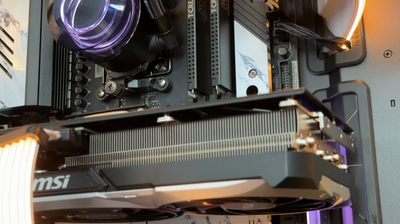
Trying out TeamGroup's 64GB DDR5 RAM - 6000MHz (2024)
My thoughts on TeamGroup's 64GB DDR5 RAM: installation, performance, overclocking, and overall value.
Introduction
I recently got my hands on a TeamGroup 64GB DDR5 RAM kit. I like gaming, experimenting with the latest software - as well as some casual overclocking - and so put the memory to the test.
Some photos (click to enlarge)
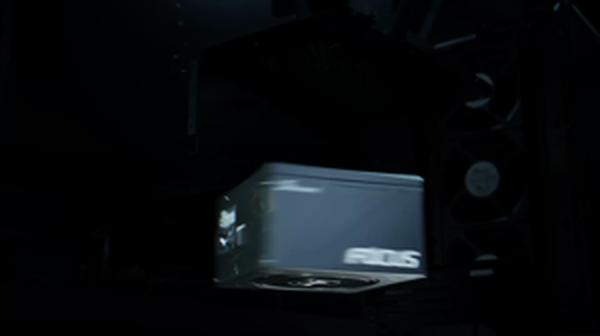
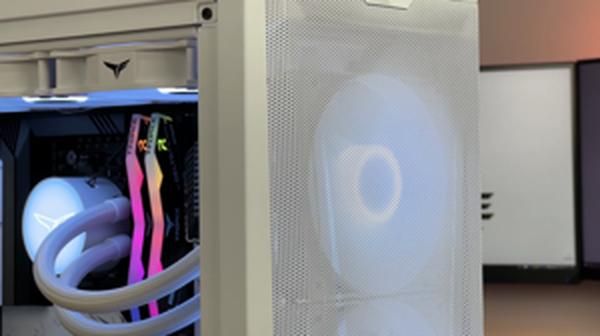
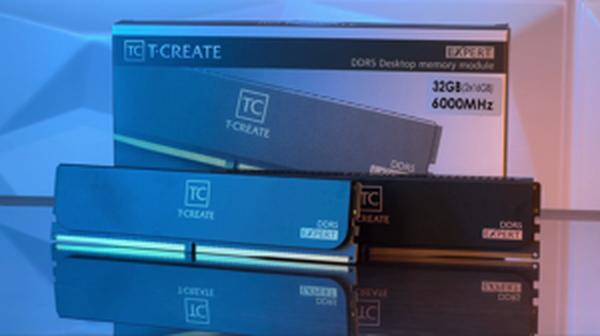
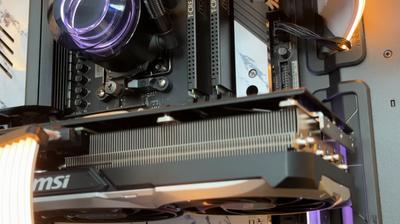
Prices
Initial Impressions and Installation Experience
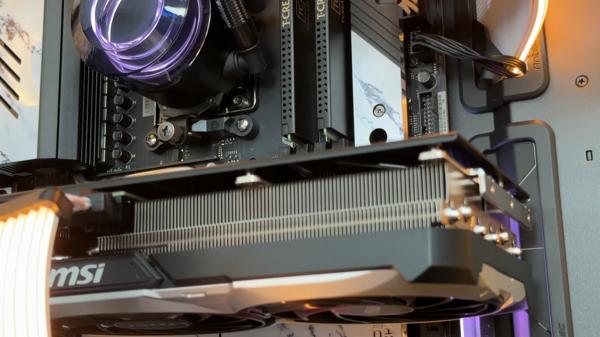
Upon unboxing, it’s refreshing to see a focus on performance over flashy RGB lighting, aligning perfectly with my preference for a cleaner, more professional setup.
Installation was a breeze – the RAM slotted easily into place on my motherboard. The low-profile heat spreader is a huge plus, offering ample clearance for my CPU cooler without any adjustments needed, which is always a concern with some of the bulkier options out there.
Here are a few immediate takeaways from my experience:
Compatibility: The RAM was recognized instantly by my system. I didn't even need to scrutinize the QVL (Qualified Vendors List), which can sometimes be misleading. TeamGroup's reputation for producing memory that's widely compatible is evident here.
Stability: Running at the JEDEC default speed of 4800MHz, the system was rock solid. However, enabling XMP/EXPO for the advertised 6000MHz operation led to some initial hiccups that required troubleshooting.
Heat Dissipation: The heat spreader might look minimalist, but it's surprisingly capable of handling the heat generated by the memory chips.
Aesthetics: The sleek, matte finish complements virtually any motherboard and case scenario. It’s all about substance, and anyone who appreciates a sophisticated look will be pleased.
Despite the initial excitement, a few issues arose. The advertised XMP profile speeds were ambitious, requiring manual voltage tweaking to maintain system stability. This was slightly disappointing, as I naively hoped for a plug-and-play experience. Moreover, achieving full stability at the top-end speeds proved to be elusive, which might be a concern for those less inclined towards manual system tuning.
Furthermore, while the absence of RGB won't be missed in my rig, it's worth noting as a potential drawback for users looking for that extra flair in their build – they won't find it here.
All in all, my initial impressions are favorable. I encountered typical challenges one might expect when pushing the limits of new technology, and while it can be slightly frustrating to have to dial in settings instead of relying on XMP straight out of the gate, there's a certain satisfaction in finding that sweet spot of performance and stability. Plus, the potential headroom for overclocking, especially as BIOS updates roll out, suggests that there’s even more to squeeze out of these sticks, and I'm looking forward to tinkering further.
Performance Testing and Stability Analysis

Embarking on the journey of performance testing with the TeamGroup 64GB DDR5 RAM at 6000MHz proved to be both intriguing and tinged with challenges. Leveraging this kit's power within my setup underscored the importance of a harmonious relationship between components for peak performance.
Here are the key takeaways from my experience:
Stability: Across various applications and stress tests, the modules showcased solid stability. The system was rock-steady at the default 4800MHz, where it predictably played nicely with the motherboard and CPU. However, as I dialed up the clock speeds, the waters got a bit choppier.
XMP Experiences: Turning on XMP should have been a straightforward affair, but it turned into a bit of a minefield. Sure, some setups might be fine, but mine epitomized the fickleness of high-speed RAM—XMP became a game of silicon lottery with occasional crashes.
Temperature Performance: Fortunately, the heatsinks on these modules are efficient, keeping things cool even under duress. The low temps were reassuring and spoke volumes of the build quality.
On pushing past the default speeds, the memory controller quirks on my Intel i9-13900k became apparent. The RAM didn't always play ball at the advertised 6000MHz after enabling XMP profiles. This inconsistency signals a potential Intel memory controller bottleneck, though it cannot be stated definitively without deeper analysis. Notably, the performance gains while stepping down from the max XMP speeds to a more compatible 4800MHz weren't drastic for everyday tasks, but this will vary based on individual use cases.
As I tinkered with timings and voltages, stability became more achievable. The adventure underscored the need for patience and a willingness to engage in trial and error, especially with high-speed memory kits like this one.
Despite these quirks, it's not all bumpy roads. The TeamGroup DDR5 kit flaunts incredible potential:
When it worked at XMP speeds, it was a beast, slicing through data-intensive tasks and gaming without breaking a sweat.
Overclocking potential is there for those willing to invest the time, with the possibility of even more value extraction.
The sleek design and effective heat distribution are substantial plus points, visually and functionally.
In summary, while not devoid of the need for user intervention to achieve advertised speeds, the TeamGroup 64GB DDR5 RAM kit largely meets expectations. With a mix of reliable performance at base speeds, promising overclocking headroom, and robust heat management, it stakes a strong claim as a worthy component in any high-performance setup. For anyone venturing into similar territory, be prepared for some configuration legwork to unlock the full potential of these modules.
Overclocking Trials and Temperature Management

Getting my hands on the TeamGroup 64GB DDR5 RAM kit and pushing it to 6000MHz felt like taking a supercar out for a spin on the Autobahn – exhilarating, with a few speed bumps along the way. Here's the rundown of my overclocking trials and how I managed temperatures:
- XMP Trials: Enabling XMP should be a one-click affair, but it comes with its nuances. When I activated XMP, I was initially met with stability issues. This wasn’t entirely unexpected, as it's a common encounter among enthusiasts pushing their hardware limits.
- Manual Tuning: To achieve stability at the highest speeds, manual tweaking was necessary. I increased the System Agent (SA), VDD, and VDDQ voltages incrementally. It took some patience and tinkering, but it resulted in a stable system running at the kits' advertised speeds. 3. Temperature Monitoring: DDR5 can run hot, especially under overclocked conditions. Thankfully, the robust heat sinks on these sticks did an excellent job keeping temperatures in check. Regular monitoring was crucial to ensuring that I wasn’t cooking my memory during intense sessions.
- Performance vs. Stability: While pushing the limits provided a performance boost, I found a sweet spot where performance gains and system stability intersected. Dropping back down to 6000MHz from the 7200MHz (which the RAM failed to maintain stability at during stress tests) provided a perfect balance.
The learning curve was steeper than expected, but as with most things in the DIY PC space, it was rewarding. Realistically, the speed gains from extreme overclocking are more apparent in benchmarks than in day-to-day use. In gaming, for instance, the FPS difference is not as monumental as one might hope for, especially considering the potential trade-offs in system stability.
One aspect that stood out to me was the heat management. The RAM's heatsinks are not only functionally effective at wicking away heat but also aesthetically pleasing. They complement my build without screaming for attention, a nod to those of us who appreciate a more subdued look.
The drawbacks? There's no denying that not everybody will want to spend their time tweaking settings in the BIOS. Some users expect XMP profiles to work right out of the box, which, albeit a fair expectation, isn't always the case with high-speed kits like this one, especially when you factor in the motherboard and CPU's tolerances and compatibility.
In my book, the positives outweigh the negatives. Yes, you might need to roll up your sleeves and get your hands digitally dirty with some BIOS adjustments, and you're always playing a bit of silicon lottery. But when you hit that stability jackpot at high-speed, low-latency settings, it feels like a major win. Plus, you're essentially future-proofing your system for the next few years, as the demands of applications and operating systems grow increasingly memory-hungry.
Value for Money and Final Verdict

After several weeks of tinkering and testing with the TeamGroup 64GB DDR5 RAM kit at 6000MHz, I've gathered a fair share of insights into its value proposition. Despite a few setbacks, the overall experience leans positively, with the performance gains and sleek aesthetics justifying the investment for most use cases.
Here's a rundown of my final thoughts:
Compatibility: I had no major problems with motherboard compatibility. It's pleasant to see it working out of the box on most setups, though checking the QVL (Qualified Vendor List) can save you potential headaches.
Performance: Even without touching the overclocking capabilities, the default 6000MHz speed offers a commendable performance boost over lower-speed kits.
Stability: Running it at XMP profiles did result in occasional stability issues. That said, with a bit of voltage tweaking, stability can be achieved, even if it might require a bit of patience and trial and error.
Aesthetics: The low-profile, sleek design is a win for builds where you're aiming for a clean and professional look without the additional pizzazz of RGB.
While it's not all sunshine and rainbows, considering the teething problems that come with the territory of new tech releases and high-speed RAM, TeamGroup's DDR5 RAM kit holds its ground. The minor FPS hit when dialing down from the max speed isn't significant for most real-world applications, unless you're a hardcore overclocker or benchmarking enthusiast.
The drawbacks were:
- XMP Stability: Enabling XMP didn't always result in a stable system. It seems like there's still some work to be done when it comes to ironing out XMP profiles for high-speed DDR5 memory.
- Overclocking: For those looking to push the RAM even further, there’s a caveat – not all chips and motherboards will accommodate aggressive overclocking without some stability concerns.
- Temperature: While this RAM does run cool compared to some other high-speed kits, it's worth noting that DDR5 can get quite hot under load. Proper case airflow is something to consider.
Considering these points, the TeamGroup 64GB DDR5 kit at 6000MHz sits at a sweet spot for users seeking a balance between high-end performance and value for money. While it might not be the ultimate overclocking champion, it's a robust choice for power users and gamers looking for fast, large-capacity memory with minimal fuss. If you need more convincing, I would suggest looking up some benchmark comparisons online to see how it compares to other kits. But honestly, in terms of overall value for money and real-world use, it's tough to beat.
Comments (0)
Share